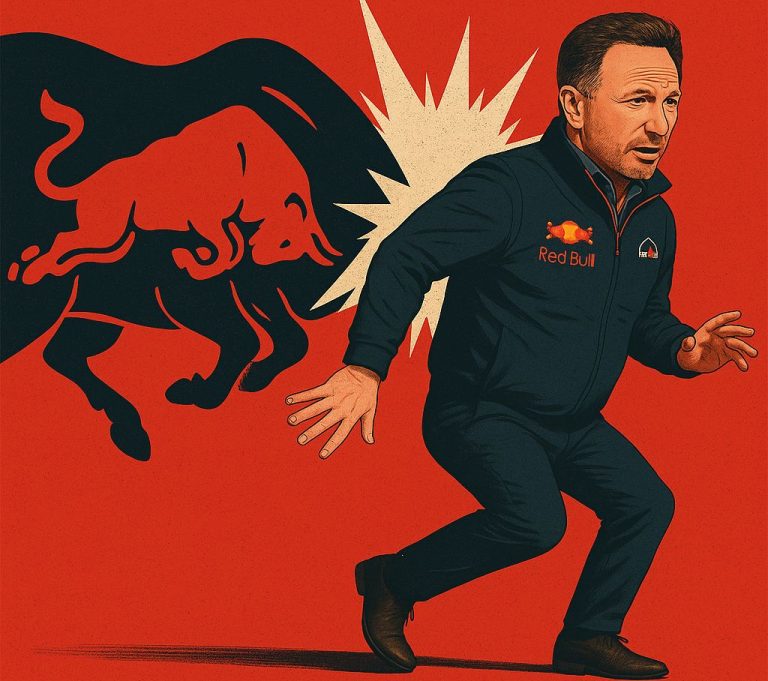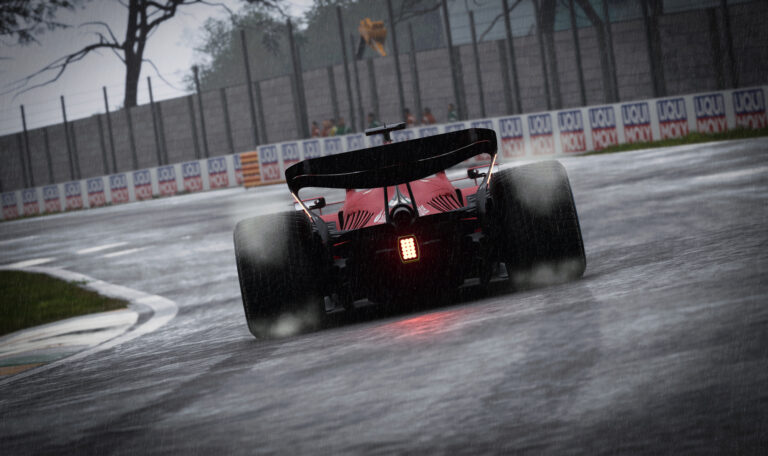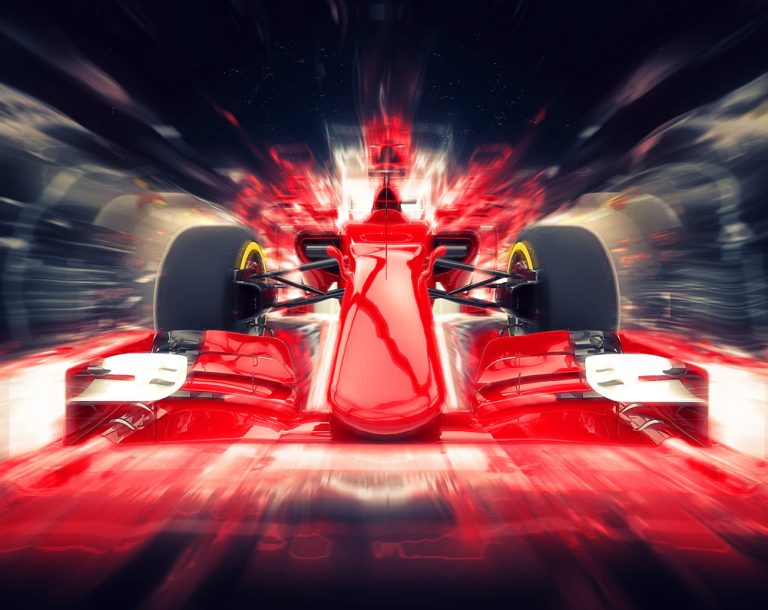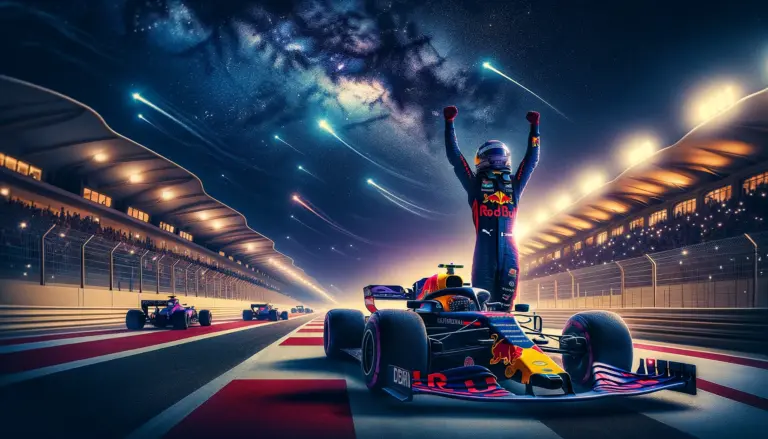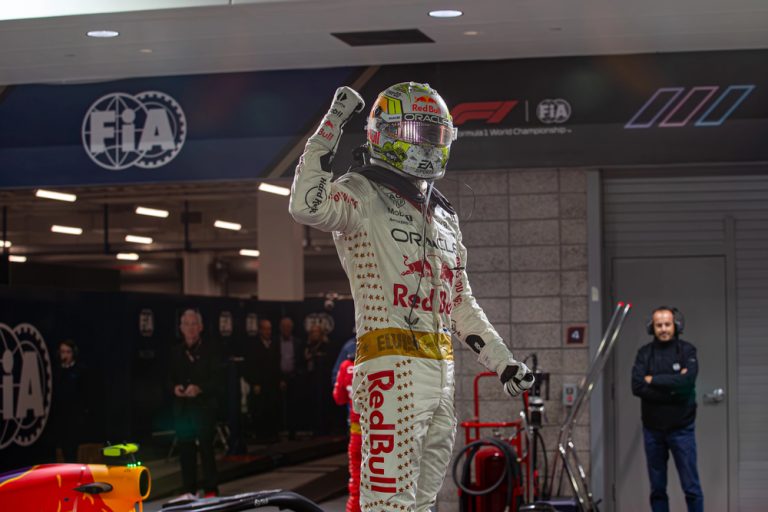Top 5 Formula 1 Circuits of All Time
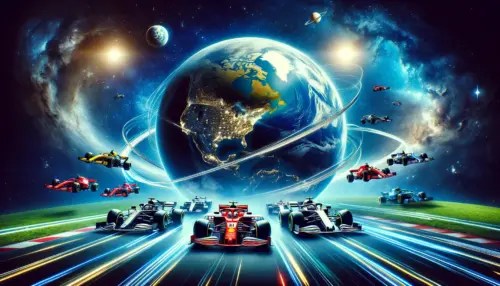
Legendary Tracks, Iconic Moments, and Why Fans Love Them
Formula 1 circuits are more than just a canvas of asphalt where cars race at breathtaking speeds—they are legendary battlegrounds where history is made, rivalries are born, and drivers’ skill is pushed to the limit. From the fast straights of Monza to the tight street corners of Monaco, each track offers a unique combination of speed, precision, and danger. These circuits have been the setting for some of the sport’s most iconic moments, etching their names in the annals of motorsport history. Whether it’s the sheer speed of Spa-Francorchamps, the technical demands of Suzuka, or the unpredictable weather of Silverstone, these tracks test not just the machinery but the resilience of the drivers. In this article, we explore the top five Formula 1 circuits of all time, diving into their distinctive layouts, why they are loved by fans and drivers alike, and recounting the unforgettable moments that have taken place on each one.
For Tickets and Packages to Any of these Races and others, please click Here
1. Autodromo Nazionale Monza (Italy)
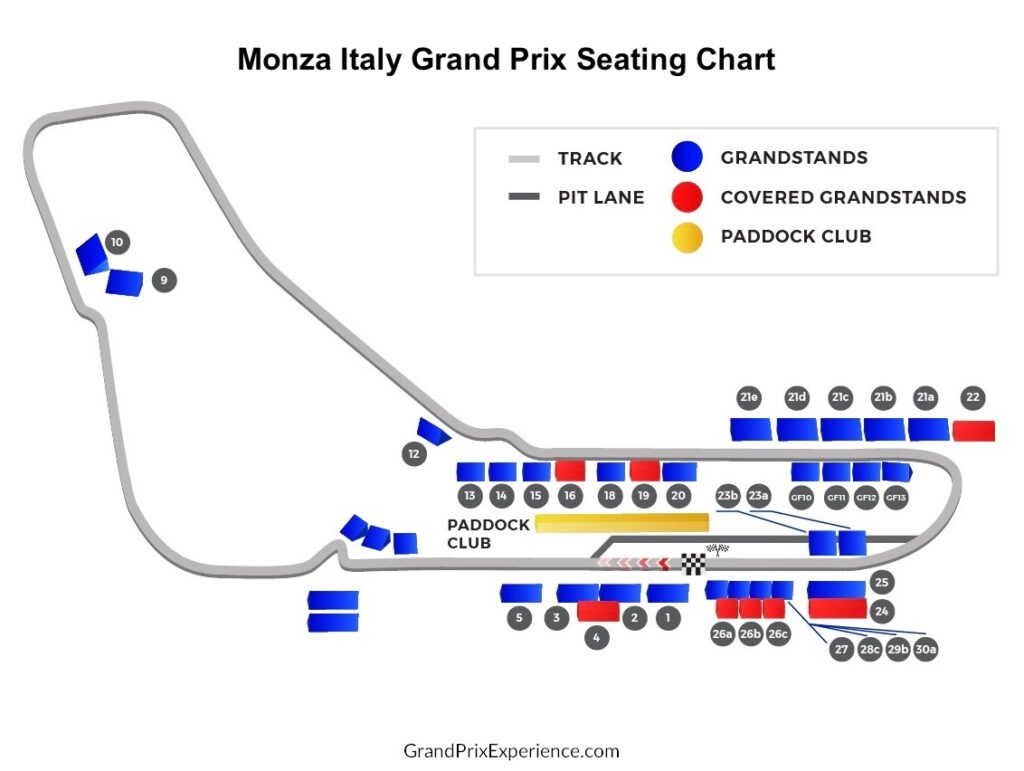
- Length: 5.793 km (3.6 miles)
- Race Laps: 53
- Total Race Distance: 306.72 km (190.5 miles)
Monza is one of the oldest and fastest circuits in Formula 1, featuring long straights and high-speed corners like the Curva Parabolica and Lesmos. The track is characterized by its focus on speed, requiring minimal downforce, making it challenging for drivers to find the perfect balance between straight-line speed and control through its few tight corners. Monza’s iconic status is further cemented by the fiery passion of the Tifosi, Ferrari’s loyal fans, who pack the grandstands every year.
Iconic Moment: 1989 Senna-Prost Collision
In the 1989 season, the Ayrton Senna and Alain Prost rivalry reached its peak. During the Italian Grand Prix at Monza, Senna attempted to make up points after Prost took a lead in the championship. Prost collided with Senna, leading to Senna’s disqualification after receiving a push start to rejoin the race. This incident defined their intense rivalry and was pivotal in determining Prost’s third world championship.
For Tickets And Packages Please Click Here
2. Circuit de Spa-Francorchamps (Belgium)
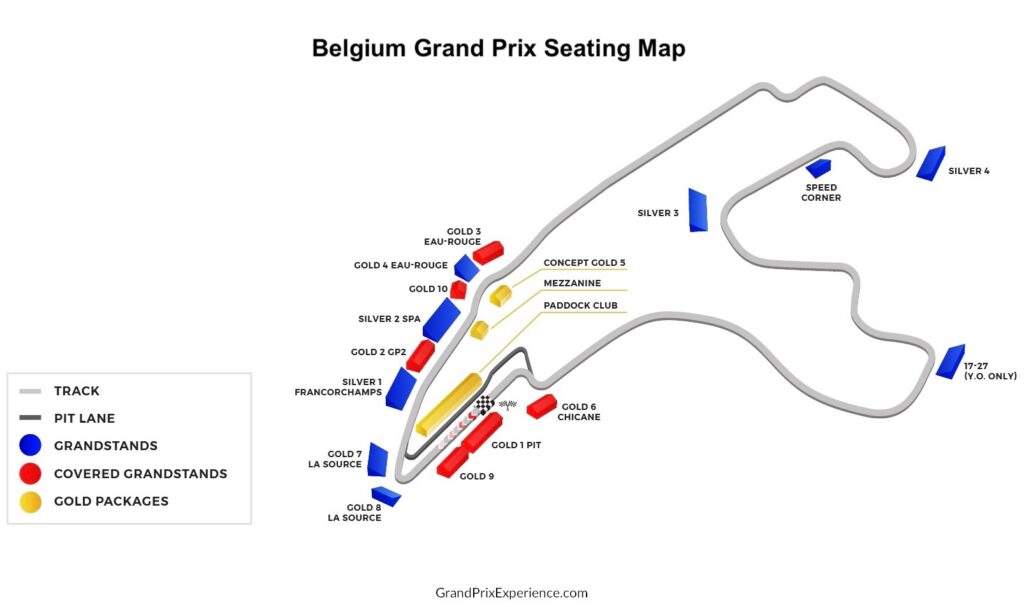
- Length: 7.004 km (4.35 miles)
- Race Laps: 44
- Total Race Distance: 308.052 km (191.4 miles)
Spa is located in the Ardennes Forest, Spa is famous for its undulating terrain and combination of long straights and technical corners. The track includes the legendary Eau Rouge-Raidillon section, a sweeping uphill turn that drivers tackle at full speed, making it one of the most thrilling and dangerous corners in F1. The circuit’s varying elevation changes and unpredictable weather, where parts of the track can be wet while others remain dry, add to its allure.
Iconic Moment: 1998 Belgian Grand Prix Crash
One of the most memorable incidents in Spa’s history occurred during the 1998 Belgian Grand Prix, where 13 cars were involved in a massive pile-up on the opening lap in wet conditions. The crash remains one of the largest in F1 history, with the race being red-flagged immediately. Despite the chaos, the race continued, and Damon Hill went on to secure Jordan’s first-ever F1 victory.
For Tickets And Packages Please Click Here
3. Suzuka Circuit (Japan)
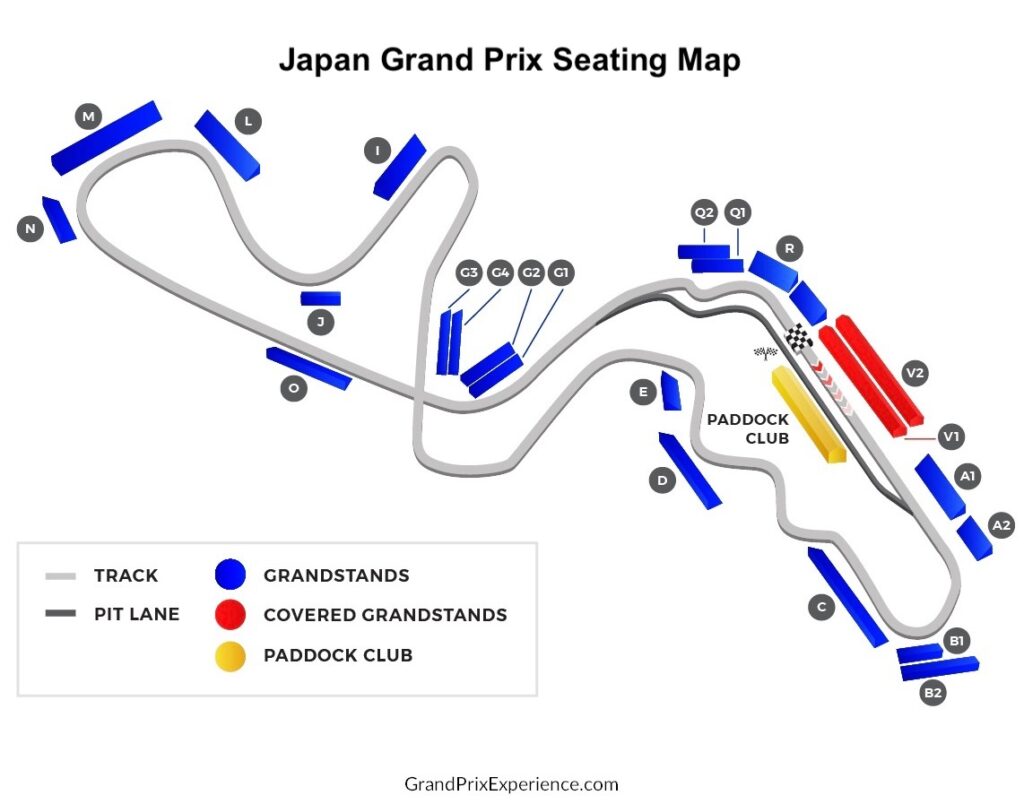
- Length: 5.807 km (3.6 miles)
- Race Laps: 53
- Total Race Distance: 307.471 km (191 miles)
Suzuka is known for its unique figure-eight layout, which combines high-speed corners like 130R with more technical sections like the S Curves. With its demanding turns and narrow sections, it’s one of the most challenging circuits for drivers. The track is a favorite among drivers due to its technical difficulty and is frequently a title-decider due to its late-season calendar position.
Iconic Moment: 1989 Senna-Prost Clash
In one of F1’s most infamous moments, Ayrton Senna and Alain Prost collided at Suzuka while fighting for the world championship. Prost led the race when Senna attempted a risky move into the final chicane, leading to a collision. Prost retired, and Senna continued but was later disqualified, handing Prost the championship. This incident marked a turning point in their rivalry and shaped the history of F1.
For Tickets And Packages Please Click Here
4. Circuit de Monaco (Monaco)
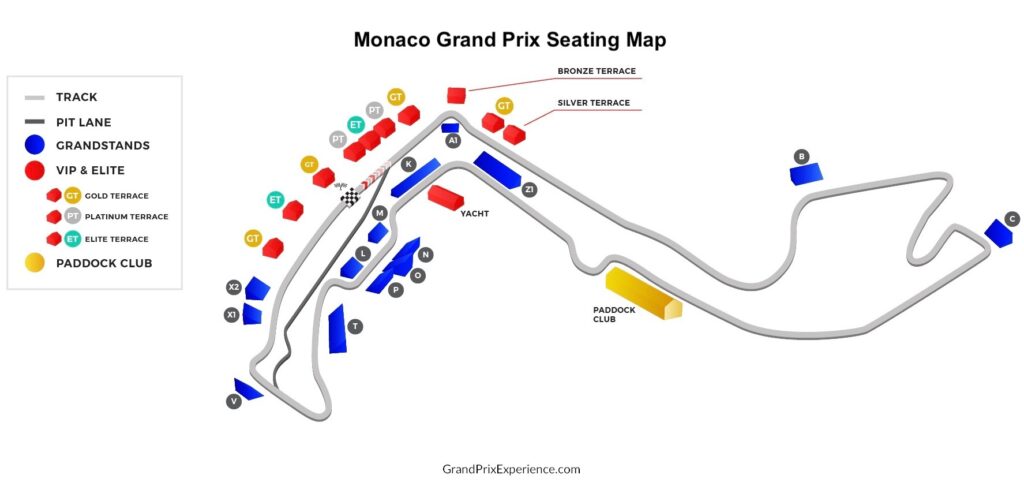
- Length: 3.337 km (2.1 miles)
- Race Laps: 78
- Total Race Distance: 260.286 km (161.7 miles)
Monaco is the most glamorous and prestigious race on the F1 calendar. Its narrow, winding streets make overtaking nearly impossible. It’s not a high-speed track, but it requires absolute precision. Drivers must navigate tight turns such as the Fairmont Hairpin and the Swimming Pool Chicane, just centimeters away from the barriers. The emphasis here is on qualifying and strategy since positions are hard to gain on race day.
Iconic Moment: 1984 Monaco Grand Prix
In 1984, a young Ayrton Senna, driving a Toleman, produced one of the most extraordinary drives in F1 history under torrential rain. Despite starting in the 13th position, Senna rapidly climbed through the field, closing in on race leader Alain Prost. However, the race was red-flagged due to worsening weather conditions, with Senna narrowly missing out on victory. This race was a glimpse of the brilliance defining Senna’s career.
For Tickets And Packages Please Click Here
5. Silverstone Circuit (United Kingdom)

- Length: 5.891 km (3.66 miles)
- Race Laps: 52
- Total Race Distance: 306.198 km (190.32 miles)
The home of the first-ever Formula 1 World Championship race in 1950, Silverstone is known for its high-speed corners, like Maggots-Becketts-Chapel and Copse, which challenge both driver skill and aerodynamic efficiency. The circuit has undergone various modifications, but it remains one of the fastest tracks on the calendar. Its wide layout allows for overtaking and offers thrilling races.
Iconic Moment: 1992 British Grand Prix
Nigel Mansell delivered a legendary performance in front of his home crowd at Silverstone in 1992. After dominating the race, Mansell was greeted by fans rushing onto the track after the finish, celebrating his victory, which further cemented his status as a British hero. This moment also symbolized his dominance during that season when he went on to win the championship.
For Tickets And Packages Please Click Here
These circuits are the heart of Formula 1, showcasing thrilling moments and the technical expertise that has shaped the sport. Each one offers a distinct challenge for drivers and teams, making it beloved by fans and participants alike.
Sources:
- Montreal Grand Prix: Top 5 Racing Circuits of All Time
- F1 Worldwide: Best F1 Circuits – Unforgettable Races
- GPFans: Greatest Circuits in F1 History
- Motor Sport Magazine: F1 at 70: The Best Grand Prix Circuits


